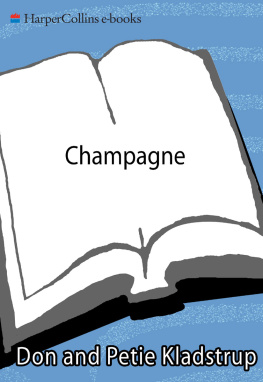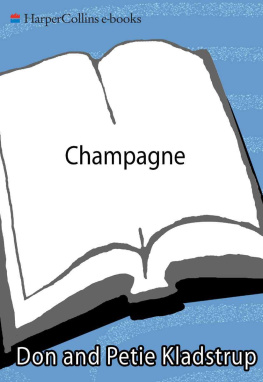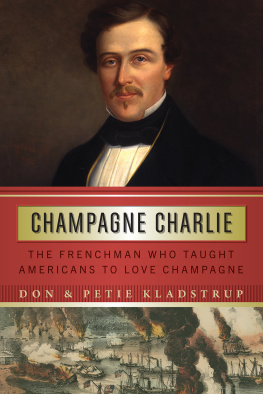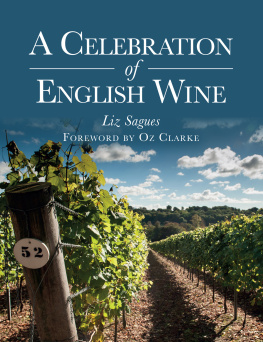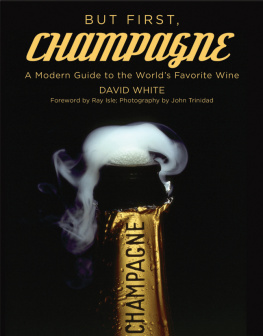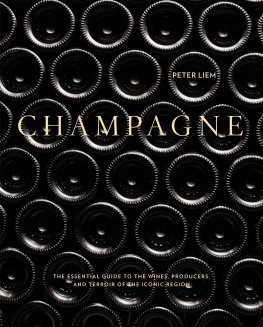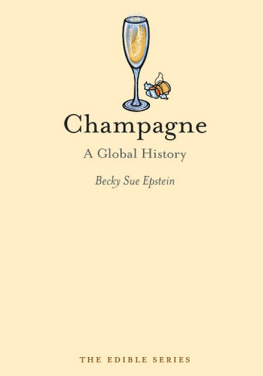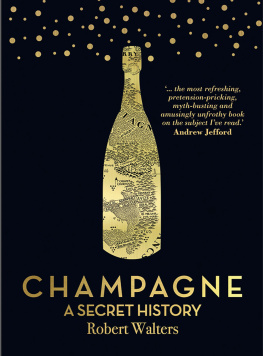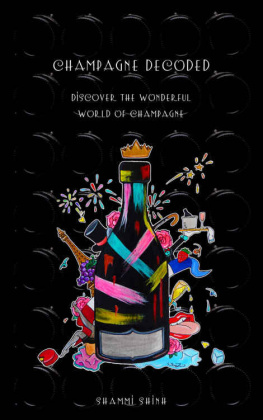This Hallowed Soil
It had been described to us as one of the loveliest places in Champagne. Cross a little stream and go through a scruffy wood, we were told, and you will find yourself in a lovely clearing. It sounded like a perfect spot for a picnic. So we armed ourselves with a slice of pt, a hunk of cheese, and a fresh baguette and set off. Oh yes, we also had a bottle of chilled champagne.
The morning mists were rising as we approached our destination. In the distance, we could hear the church bells of the tiny farming village of La Cheppe. It was just after nine. Only two hours earlier, we had been in Paris. Now, as we parked our car and made our way through some small woods, we felt as if we had been transported into another world.
Before us lay the ancient campsite of Attila the Hun. For a moment, we were taken aback. It was not the pretty little spot we had envisioned but rather a vast oval plain, about a half mile across and surrounded by earthen ramparts. The site was completely empty, like a fallow field. Nothing moved except a trio of deer that bolted out of sight when they spotted us.
Here, in this tranquil setting, on September 21, A.D. 451, Attila the Hun, the warrior chieftain of legendary cruelty, assembled his army of seven hundred thousand men and exhorted them, One more blow and you will be masters of the entire world. The answering roar of approval must have struck fear into the hearts of their foes, the Gauls, Visigoths, and Franks who had joined forces with Rome to confront this ominous peril from the East.
What followed was one of the bloodiest battles in history. In one day alone, more than two hundred thousand men were slaughtered, their broken bodies scattered on the hillsides and fields of Champagne. Attila and his army fled. Before the battle, he had vowed that wherever his horse shall tread, nothing shall ever grow again.1
He was wrong. The ramparts which circled the campsite were now thick with brush, alder, and ash trees. On the ground underneath, red currant and guelder rose competed for what was left of the sunlight.
We made our way up a heavily rooted path to the top of the ramparts and began walking, dodging branches and brambles while trying to imagine what it had been like on that day so long ago. What an incongruous setting for a picnic, we thought. Then again, what better place to try to reconcile le champagne, the wine that is the symbol of friendship and celebration, with la Champagne, a region that has been drenched with more blood than perhaps any other place on earth.
Consider this: the Hundred Years War, the Thirty Years War, a series of religious wars, a vicious civil war called the Fronde, the Napoleonic wars, the Wars of Spanish Successionnearly all were fought primarily in Champagne. Even before those wars, Champagne had been plundered by wild tribes from the East such as the Teutoni, Cimbri, Vandals, and Goths. After them came the Romans who, by 52 B.C. , managed to conquer all of Gaul and incorporate it, along with Champagne, into their empire. From time immemorial, one historian said, Champagne has suffered an overdose of invasions.
Fortunately, the Romans exerted a more civilizing influence than their predecessors. They planted the first vineyards and quarried limestone for building temples and roads. The quarries they left behind would be rediscovered centuries later and turned into the huge crayres that today are used for storing and aging champagne.
The Romans also brought their own laws, one of which spelled out punishment for anyone who attacked or damaged a neighbors vineyard. It was a law the Franks would incorporate into their Salic Law generations later.
Not even the Romans, however, could control Mother Nature. When Mount Vesuvius erupted in A.D. 79, it destroyed not only Pompeii but also buried Romes best vineyards. Overnight, wine became scarce throughout the Empire, so Emperor Domitian ordered that huge tracts of land used for growing cereals be turned into vineyards. Now instead of a wine shortage, the Romans were faced with a bread shortage.
To deal with that crisis, the emperor decreed that all of Champagnes vineyards be uprooted and converted into fields of grain. With Roman legions garrisoned on their soil, the Champenois had no choice but to comply.
Two centuries would pass before another emperorappropriately, one who was the son of a gardenerrevoked the decree. Emperor Probus not only gave permission for the people of Champagne to plant vines again, but he also sent Roman legionnaires to help.
We pondered all of this as we made our way around the ramparts of Attilas camp. It took us about two hours to complete the circle. Exhausted, famished, and thirsty, we could hardly wait to unpack our picnic.
As we spread our blanket and opened our bottle of champagne, everything began to feel right. Le champagne, which is masculine in the French language, seemed to be the ideal complement to the harsh environment of la Champagne, the province, which is feminine. A perfect couple, we thought, inseparable and joined in a union of strength, gaiety, and elegance.
Nothing about champagne, however, is simple or straightforward; its story overflows with irony. It gives the Champenois what one writer called a taste for contradiction.2 It takes poor soil to make good champagne; black grapes are used to make white wine; a blind man saw stars; the man credited with putting bubbles in champagne actually worked most of his life to keep them out.
The greatest irony of all, however, is that Champagne, site of some of mankinds bitterest battles, should be the birthplace of a wine the entire world equates with good times and friendship.
Those ironies are partly responsible for the aura of mystery and romance surrounding champagne. What is it about champagne? Just saying the word is like waving a magic wand: people begin to smile, relax, and even fantasize. Certainly no other wine has lent itself to so much poetry, art, and hyperbole. Casanova considered it essential equipment for seduction. Coco Chanel said she drank champagne on only two occasions, when she was in love and when she wasnt. Lily Bollinger, one of the grandes dames of Champagne, went further. I drink champagne when I am happy and when I am sad. Sometimes I drink it when alone. In company I consider it compulsory. I sip a little if Im hungry. Otherwise I dont touch itunless Im thirsty of course.
Everyone, it seems, has a favorite time for champagne. Patrick Forbes, the great champagne expert and historian, said he preferred it at 11:30 in the morning, when his palate was still fresh and he could taste every nuance and savor every bubble. When we asked Philippe Bourguignon, one of the worlds great sommeliers, what he considered the best time for drinking it, he replied, When I finish mowing the lawn. In the 1948 film Letter from an Unknown Woman, Joan Fontaine dreamily says to Louis Jourdan, Champagne tastes much better after midnight, dont you agree?
Then there was Oscar Wilde, who, upon arriving in France, told customs agents, I have nothing to declare but my genius. Of champagne, he said, Only the unimaginative can fail to find a reason for drinking champagne.
For ages, champagne has been used for celebrating weddings, baptisms, launching ships, spraying crowds at car rallies, and ringing in the New Year. Its been a tradition for so long that an English poet suggested that even Adam may have celebrated with it. In his poem The First New Years Eve, Thomas Augustine Daly wrote:

